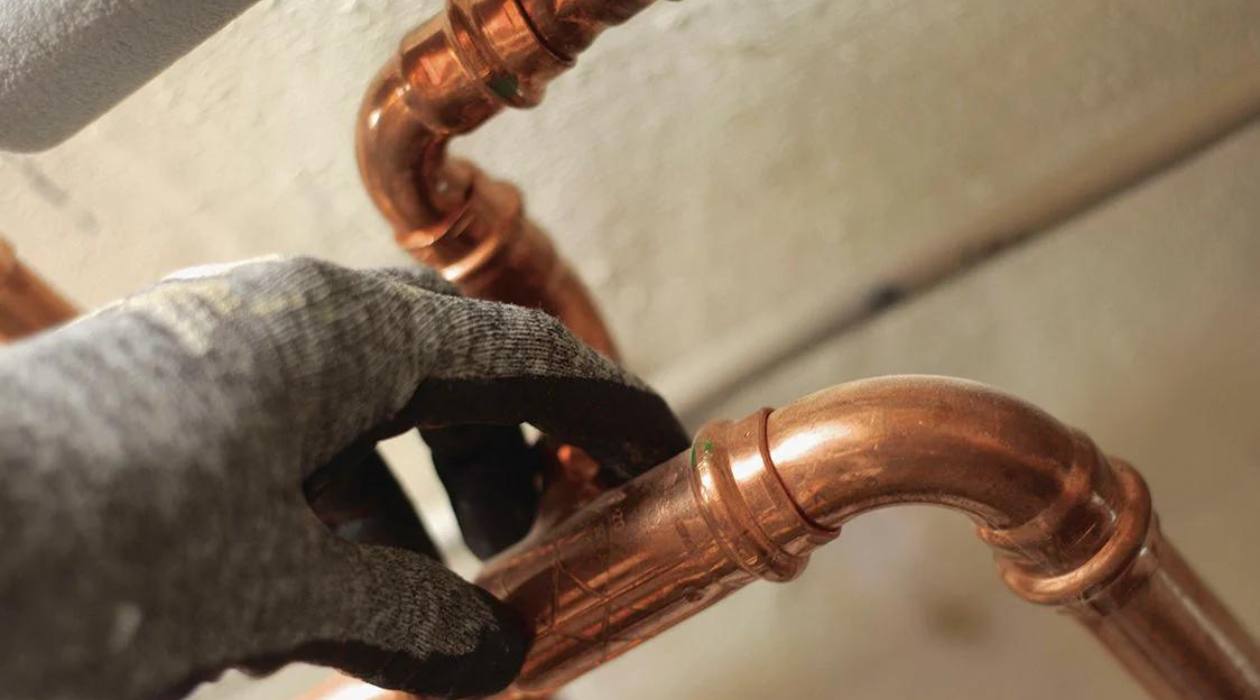

Articles
What Does Sweat Mean In Plumbing
Modified: December 7, 2023
Discover the meaning of sweat in plumbing with our informative articles. Explore common issues, solutions, and tips for a well-functioning plumbing system.
(Many of the links in this article redirect to a specific reviewed product. Your purchase of these products through affiliate links helps to generate commission for Storables.com, at no extra cost. Learn more)
Introduction
When it comes to plumbing, there are various terms and techniques that are used to accomplish different tasks. One such term is “sweat”. While it may sound unusual, sweat in plumbing refers to a specific method of joining pipes together, commonly used in residential and commercial plumbing systems. In this article, we will explore what exactly sweat means in plumbing, how it works, its common uses, as well as its pros and cons.
Before delving into the details, it’s important to note that the term “sweat” in plumbing does not refer to perspiration or any bodily function. Instead, it refers to a soldering technique used to create a watertight seal between two metal pipes or fittings. This method has been used for many years in plumbing applications and continues to be a popular choice due to its reliability and durability.
So, how does sweat work in plumbing? The process involves heating a soldering material, usually a lead-free alloy called solder, until it melts and flows into the joint between two pipes or fittings. As the solder cools, it hardens, creating a secure and leak-free connection. It’s important to note that the pipes being joined together need to be clean and free from any dirt, grease, or corrosion for the sweat solder to adhere properly.
The sweat technique is commonly used in a wide range of plumbing applications. One of its primary uses is in the installation of water supply lines. These lines carry clean, potable water to various fixtures and appliances in a building. By using sweat joints, plumbers can create strong and reliable connections that ensure a constant flow of water without any leaks.
In addition to water supply lines, the sweat method is also employed in the installation of drainage and venting systems. These systems carry wastewater and gases away from the building and into the municipal sewer or septic system. Sweating joints in these applications ensures that there are no leaks or odors escaping into the living or working space.
Key Takeaways:
- Sweat joints, or soldering, are crucial in plumbing, creating durable and leak-free connections. Understanding the process and common issues ensures efficient and reliable plumbing systems.
- Proper preparation, heat control, and adherence to safety measures are essential for successful sweat joints. Embracing these techniques empowers DIY enthusiasts and professionals to achieve high-quality plumbing installations.
Read more: What Does It Mean When A Glass Sweats
Definition of Sweat in Plumbing
In the world of plumbing, the term “sweat” refers to the process of soldering pipes together to create a watertight seal. This method is commonly used to join metal pipes and fittings, such as copper or brass, in residential, commercial, and industrial plumbing systems.
Sweating involves heating a soldering material, usually a lead-free alloy, with a propane torch or soldering iron until it reaches its melting point. The molten solder is then applied to the joint between two pipes, where it flows into the gap and fills any voids. As the solder cools and solidifies, it forms a strong bond, creating a secure and leak-free connection.
Sweating is often performed on clean and polished pipe surfaces to ensure optimal adhesion of the solder. To prepare the pipes, plumbers typically use an abrasive material, such as emery cloth or wire brushes, to remove any dirt, corrosion, or oxidation. This step is crucial for achieving a successful sweat joint.
It’s important to note that sweating is typically used with metal pipes and fittings, as the high heat required for the soldering process can damage plastic pipes. Therefore, it’s crucial to identify the material of the pipes before deciding on the appropriate joining method.
While sweating is a reliable and widely used technique, it is not the only method for joining pipes in plumbing. Other methods include compression fittings, threaded connections, and push-fit connectors. Each method has its own advantages and is suited for specific applications. However, sweating is often preferred for its durability, longevity, and ability to create seamless connections.
In summary, the term “sweat” in plumbing refers to the process of soldering metal pipes and fittings together to create a secure and leak-free joint. It is a widely used technique in various plumbing applications and is known for its reliability and durability. By understanding the definition and process of sweating in plumbing, you can appreciate the importance of this method in ensuring efficient and functional plumbing systems.
How Sweat Works in Plumbing
Understanding how sweat works in plumbing involves grasping the soldering process and the key steps involved in creating a secure and leak-free joint between pipes or fittings.
The first step in the sweat process is to ensure that the pipes being joined together are clean and free from any dirt, grease, or corrosion. This is crucial for the solder to adhere properly. Plumbers typically clean the surfaces of the pipes using an abrasive material, such as emery cloth or wire brushes, to remove any contaminants.
Once the pipes are clean, the next step is to prepare the joint. This typically involves applying flux, a chemical compound that helps facilitate the soldering process. The flux helps to remove oxides, prevent oxidation during heating, and promote the flow of solder. Plumbers carefully apply a thin layer of flux to the joint area using a brush or applicator.
With the joint prepared, the plumber then applies heat to the area using a propane torch or soldering iron. The heat is focused on the joint and adjacent areas to raise the temperature of the pipes and solder. As the solder reaches its melting point, it flows into the joint, filling any gaps and creating a strong bond.
It’s important for the plumber to control the heat and ensure that it evenly distributes throughout the joint. This prevents overheating or damage to the pipes and helps achieve a uniform soldered connection. The plumber must also be cautious not to apply excessive heat, as this can result in weak joints or even cause the pipes to warp or burst.
As the solder cools, it solidifies and forms a tight bond between the pipes or fittings. This bond creates a watertight seal, preventing leaks and ensuring the integrity of the plumbing system. The cooled solder is also resistant to corrosion, further enhancing the durability of the joint.
Overall, the sweat technique in plumbing works by melting solder and using it to join metal pipes or fittings together. The combination of heat, flux, and solder creates a strong and reliable connection that can withstand the rigors of daily water flow and pressure. By following the appropriate steps and employing proper heat control, plumbers can achieve successful sweat joints and ensure the longevity of the plumbing system.
Common Uses of Sweat in Plumbing
Sweating is a widely used technique in various plumbing applications due to its reliability, durability, and ability to create seamless connections. Let’s explore some of the common uses of sweat in plumbing:
- Water Supply Lines: One of the primary uses of sweat in plumbing is in the installation of water supply lines. These lines carry clean, potable water to faucets, showers, toilets, and other fixtures in residential, commercial, and industrial buildings. By using sweat joints, plumbers can create strong and leak-free connections that ensure a constant flow of water without any interruptions or wastage.
- Drainage and Venting Systems: Sweat joints are also employed in the installation of drainage and venting systems. These systems carry wastewater and harmful gases away from the building and into the municipal sewer or septic system. By using sweat joints for the necessary connections and transitions, plumbers can ensure that there are no leaks or odor issues that could potentially contaminate the living or working space.
- Heating Systems: Sweat joints are commonly used in the installation of heating systems, such as central heating or radiant floor heating systems. Metal pipes and fittings are often used to carry heated water or steam to different areas of the building. The secure and watertight connections created by sweat joints ensure the efficient transfer of heat without any loss or leakage.
- Gas Lines: While sweating is primarily used for water-related plumbing applications, it can also be employed in gas line installations. However, it is crucial to use specifically designed solder and flux suitable for gas lines, as regular solder could potentially release harmful gases when exposed to high temperatures.
- Outdoor Plumbing: Sweat joints can be used in outdoor plumbing applications, such as connecting sprinkler systems or outdoor faucets. The secure joints created by sweating ensure that there are no leaks or water wastage, even in varying weather conditions or when subjected to external elements.
These are just a few examples of the common uses of sweat in plumbing. The technique is versatile and can be applied to a wide range of plumbing systems, providing reliable and long-lasting connections. It is important to consult with a professional plumber to determine the appropriate joining method for specific plumbing applications.
Pros and Cons of Sweat in Plumbing
Sweating, or soldering, is a popular method of joining pipes in plumbing systems. Like any technique, there are both pros and cons to consider. Let’s explore the advantages and disadvantages of sweat in plumbing:
Read more: What Does FHT Mean In Plumbing
Pros:
- Durability: Sweat joints create strong and long-lasting connections between pipes and fittings. The soldered bond is resistant to corrosion, ensuring the integrity of the plumbing system over time.
- Watertight Seal: Sweating provides a watertight seal that prevents leaks and ensures the proper flow of water within the plumbing system. This is particularly important for water supply lines and drainage systems.
- Seamless Connections: Sweat joints create seamless connections without the need for additional fittings or connectors. This reduces the risk of potential leaks at connection points and improves the overall efficiency of the plumbing system.
- Versatility: Sweat can be used with various types of metal pipes and fittings, such as copper, brass, or bronze. This makes it a versatile technique that can be applied to a wide range of plumbing applications.
- Time-Efficient: Sweating is a relatively quick process, allowing plumbers to complete installations or repairs efficiently. This can minimize disruptions in water supply or usage for residential or commercial spaces.
Cons:
- High Skill Requirement: Properly sweating pipes requires a certain level of skill and expertise. It involves handling high temperatures and precision in applying heat and solder. Improper technique can result in weak joints or even damage to the pipes.
- Heat Sensitivity: The high temperatures used in sweating can potentially damage surrounding materials, particularly plastic pipes or components of the plumbing system. It’s important to identify the appropriate joining method based on the specific materials involved.
- Fire Hazard: Working with open flames or high-temperature tools during the sweating process carries a fire risk. Plumbers must exercise caution and follow safety protocols to prevent accidents or property damage.
- Limited to Metal Pipes: Sweat joints are specifically designed for use with metal pipes and fittings. If plastic pipes are present, alternative joining methods, such as compression fittings or push-fit connectors, must be used.
- Lead Concerns: Traditional solder contains lead, which poses health risks if ingested or inhaled. However, modern plumbing codes often require the use of lead-free solder, mitigating this concern. It’s important to adhere to local regulations when selecting solder materials.
Considering the pros and cons of sweat in plumbing is crucial when making decisions about joining methods. While sweat joints offer many benefits in terms of durability and reliability, it’s important to weigh them against the specific requirements of the plumbing project and the expertise available for the installation or repair.
Regularly check and clean the sweat fittings in your plumbing system to prevent corrosion and leaks. Use a wire brush to remove any debris and apply a thin layer of pipe joint compound to ensure a tight seal.
Common Issues with Sweat in Plumbing
While sweat joints in plumbing are generally reliable and long-lasting, there are some common issues that can arise. Understanding and being aware of these issues can help identify and address them promptly. Let’s explore some of the common issues with sweat in plumbing:
- Leaking Joints: One of the most common issues with sweat joints is the occurrence of leaks. This can be due to improper cleaning of the pipe surfaces, inadequate application of flux, or insufficient heat during the soldering process. Leaks can also occur if the joint was not properly aligned or if the solder did not fully fill the gap between the pipes.
- Corrosion and Oxidation: Over time, sweat joints can be susceptible to corrosion and oxidation, particularly if the pipes and fittings are exposed to moisture or harsh chemicals. Corrosion can weaken the joint and lead to leaks or a diminished flow of water. Regular inspections and maintenance can help identify and address these issues before they worsen.
- Improper Joint Preparation: The success of sweat joints relies heavily on proper joint preparation. If the pipe surfaces are not adequately cleaned and free from dirt, grease, or corrosion, the solder may not properly adhere, resulting in weak joints or leaks. It’s crucial to thoroughly clean and prepare the joint area before the soldering process.
- Inadequate Heat Distribution: Achieving a uniform heat distribution during the sweating process is essential for creating strong and secure joints. If the heat is not evenly applied or if excessive heat is concentrated in one area, it can result in weak or malformed joints. Plumbers must exercise caution and maintain proper heat control throughout the soldering process.
- Compatibility Issues: Sweat joints are specifically designed for use with metal pipes and fittings. If plastic components, such as PVC or CPVC pipes, are present in the plumbing system, they require alternative joining methods. Mixing different materials can lead to compatibility issues, leaks, or even damage to the pipes.
When encountering these issues or any other concerns with sweat joints in plumbing, it’s recommended to consult with a professional plumber. They can assess the situation, identify the underlying causes, and implement the appropriate solutions. Regular maintenance and inspections can also help prevent issues from arising or catch them early before they develop into major problems.
By addressing these common issues promptly and employing proper installation techniques, sweat joints can prove to be reliable, durable, and long-lasting connections in plumbing systems.
Tips for Working with Sweat in Plumbing
Working with sweat joints in plumbing requires skill, precision, and attention to detail. Here are some helpful tips to ensure successful sweating and achieve reliable connections:
- Clean the Pipe Surfaces: Properly clean the surfaces of the pipes and fittings that will be soldered. Use emery cloth or wire brushes to remove any dirt, grease, or corrosion. Clean surfaces ensure optimal adhesion of the solder and a strong joint.
- Apply Flux Correctly: Apply a thin layer of flux to the joint area before starting the sweating process. Ensure that the flux covers the entire joint area and any adjacent surfaces that will be heated. Flux helps clean the surfaces, remove oxides, and promote the flow of solder.
- Use the Right Tools: Invest in good-quality tools, including a propane torch or soldering iron, that provide precise heat control and allow for even distribution. The right tools can greatly facilitate the sweating process and ensure optimal results.
- Heat Control: Control the heat carefully during the sweating process. Apply heat evenly to avoid overheating or underheating the joint. Ensure that the heat reaches all sides of the joint to achieve uniform solder flow and a strong bond.
- Proper Solder Placement: Apply solder to the side opposite the heat source. As the solder reaches its melting point, it will flow toward the heat source, filling the joint gaps. Be cautious not to apply excessive solder, as it can cause excess buildup or interfere with the integrity of the joint.
- Allow Proper Cooling: Allow sufficient time for the solder to cool and solidify before manipulating the joint or turning on the water supply. Premature movement can disturb the joint and weaken the connection. The solder should have a smooth, shiny appearance when fully cooled.
- Inspect for Leaks: After completing the sweating process, carefully inspect the joint for any signs of leaks. Run water through the system and monitor for any drips or moisture. If leaks are detected, address them promptly to prevent further damage or water wastage.
- Follow Safety Precautions: Always follow safety precautions when working with open flames or high-temperature tools. Use protective gear, such as goggles and gloves, and be mindful of your surroundings. Work in a well-ventilated area to minimize the inhalation of fumes.
- Stay Updated with Codes and Regulations: Stay informed about local plumbing codes and regulations regarding soldering techniques, materials, and safety practices. Adhering to these standards ensures compliance and helps maintain the functionality and safety of the plumbing system.
Remember, if you’re unsure about your soldering skills or encountering complex plumbing installations, it’s best to consult a professional plumber. They have the experience and expertise to ensure successful sweat joints and a reliable plumbing system.
By following these tips and employing proper techniques, you can achieve efficient and long-lasting sweat joints that provide secure connections in your plumbing projects.
Read more: What Does PVC Mean In Plumbing
Conclusion
Sweat joints, or soldering, play a vital role in plumbing systems, creating reliable and durable connections between pipes and fittings. Understanding what sweat means in plumbing and how it works allows us to appreciate this technique’s importance and its common uses in various applications.
By using heat and solder, sweat joints provide watertight seals that prevent leaks and allow the smooth flow of water through supply lines, drainage systems, heating systems, and more. These strong and seamless connections contribute to the efficiency and longevity of plumbing systems.
While sweat joints offer numerous benefits, it’s important to be aware of common issues that can arise, such as leaks, corrosion, and compatibility concerns. By taking proper precautions, ensuring cleanliness, and employing correct techniques, these issues can be minimized or eliminated.
Tips such as cleaning pipe surfaces, applying flux correctly, controlling heat, using the right tools, and allowing proper cooling all contribute to successful sweat joints. Following safety protocols and staying up-to-date with codes and regulations are also essential in maintaining the integrity and safety of plumbing systems.
In conclusion, sweat joints are a trusted method for joining pipes in plumbing systems. Their durability, watertight seals, seamless connections, and versatility make them a popular choice in residential, commercial, and industrial applications. By understanding and employing proper sweat techniques, we can achieve reliable plumbing systems that provide efficient water supply, proper drainage, and effective heating solutions.
Whether you’re a DIY enthusiast or a professional plumber, embracing the knowledge and skills related to sweat joints empowers you to handle plumbing projects with confidence, ensuring the functionality and quality of the systems you build or repair.
Frequently Asked Questions about What Does Sweat Mean In Plumbing
Was this page helpful?
At Storables.com, we guarantee accurate and reliable information. Our content, validated by Expert Board Contributors, is crafted following stringent Editorial Policies. We're committed to providing you with well-researched, expert-backed insights for all your informational needs.
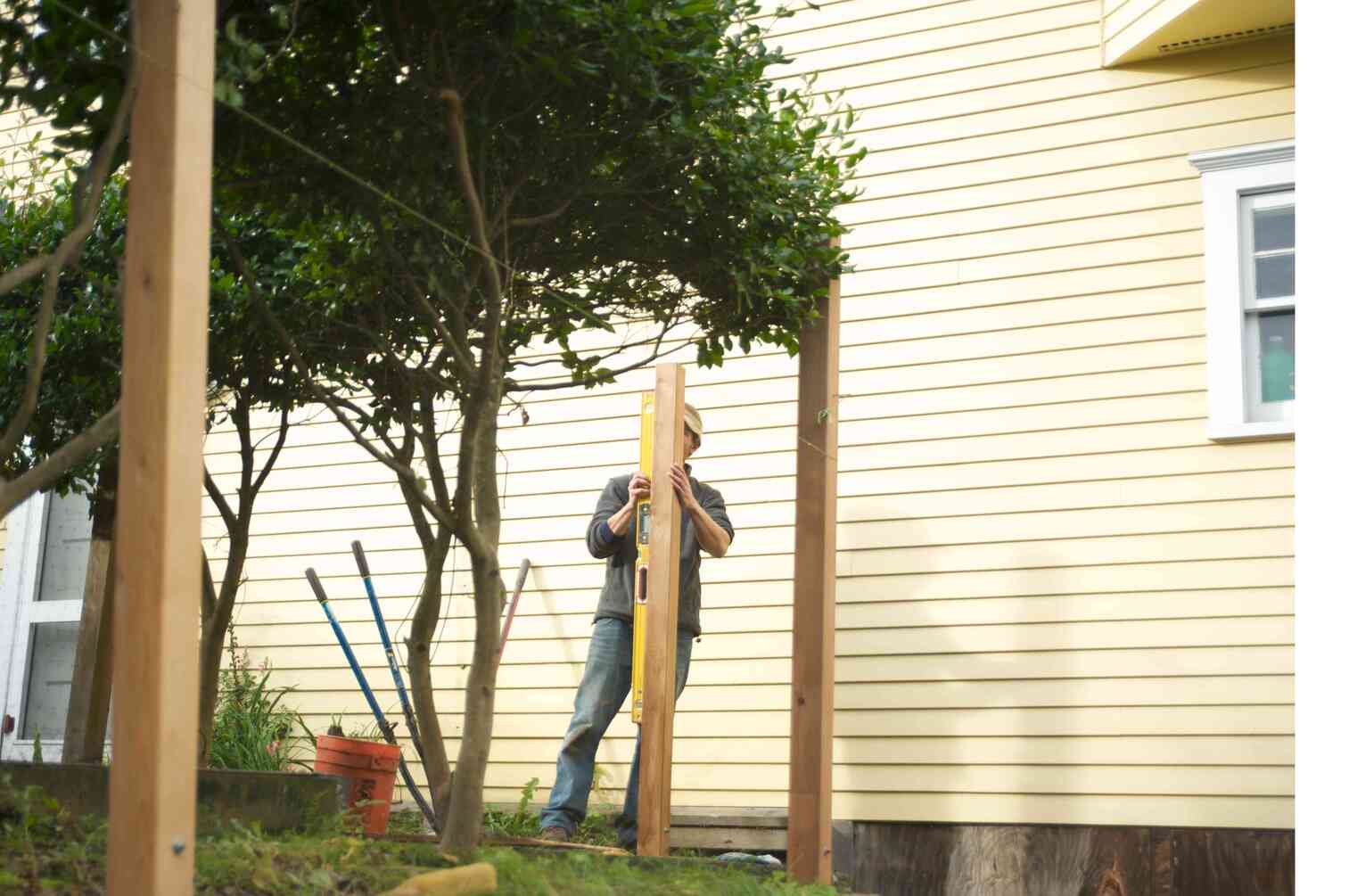
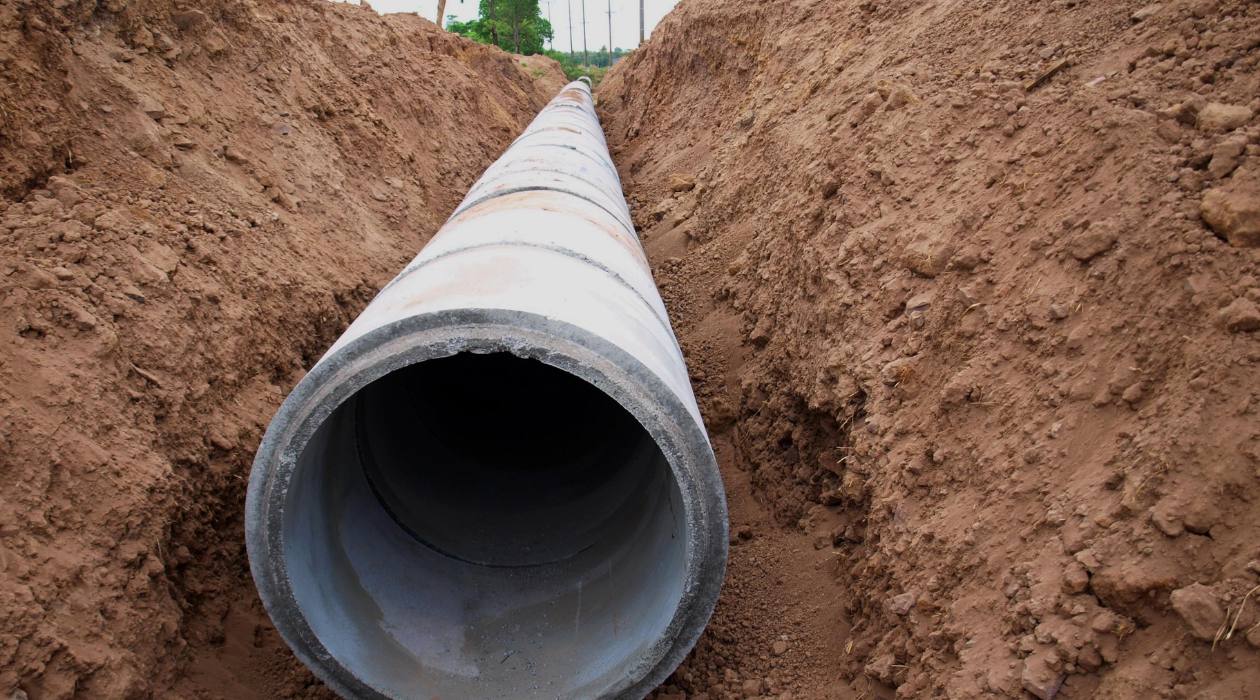
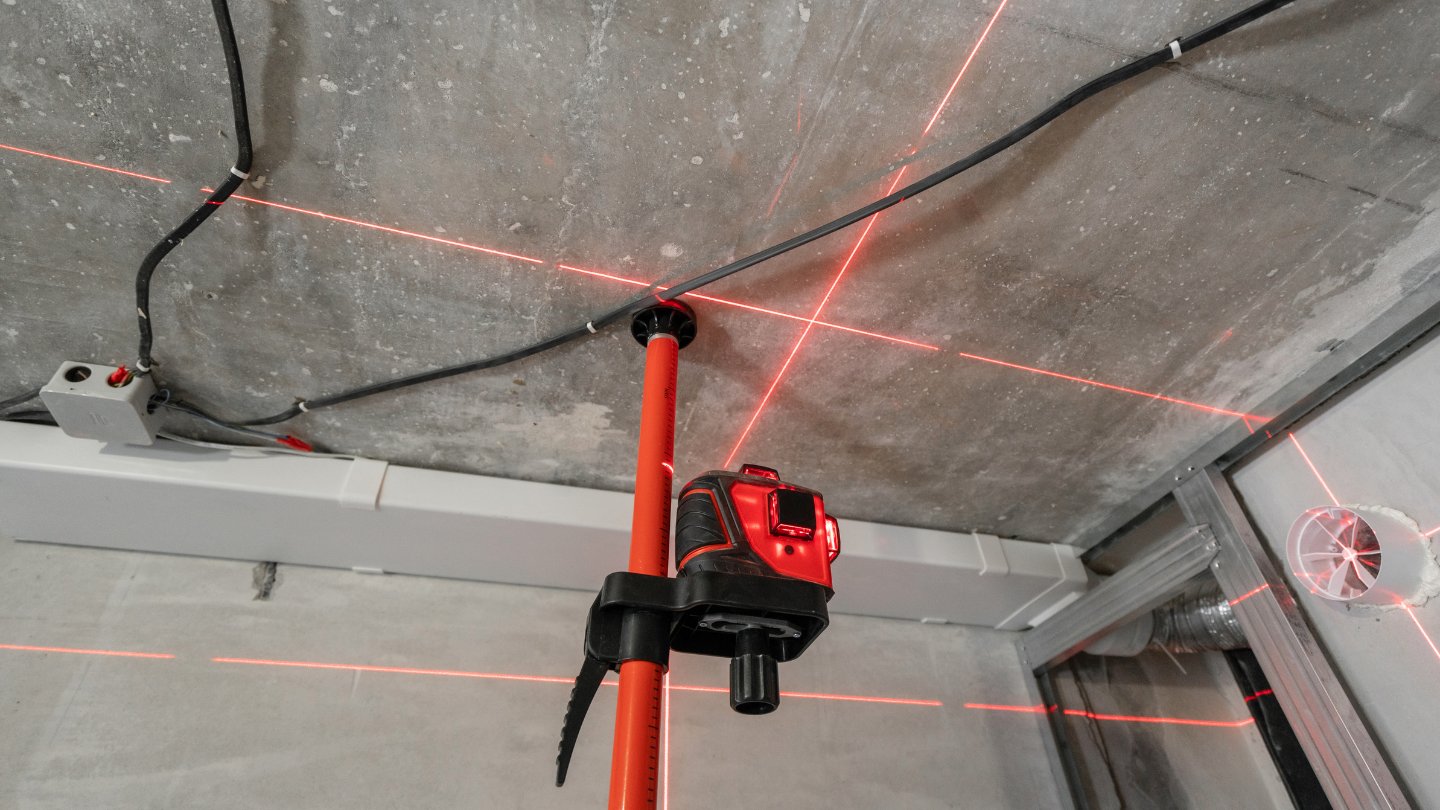



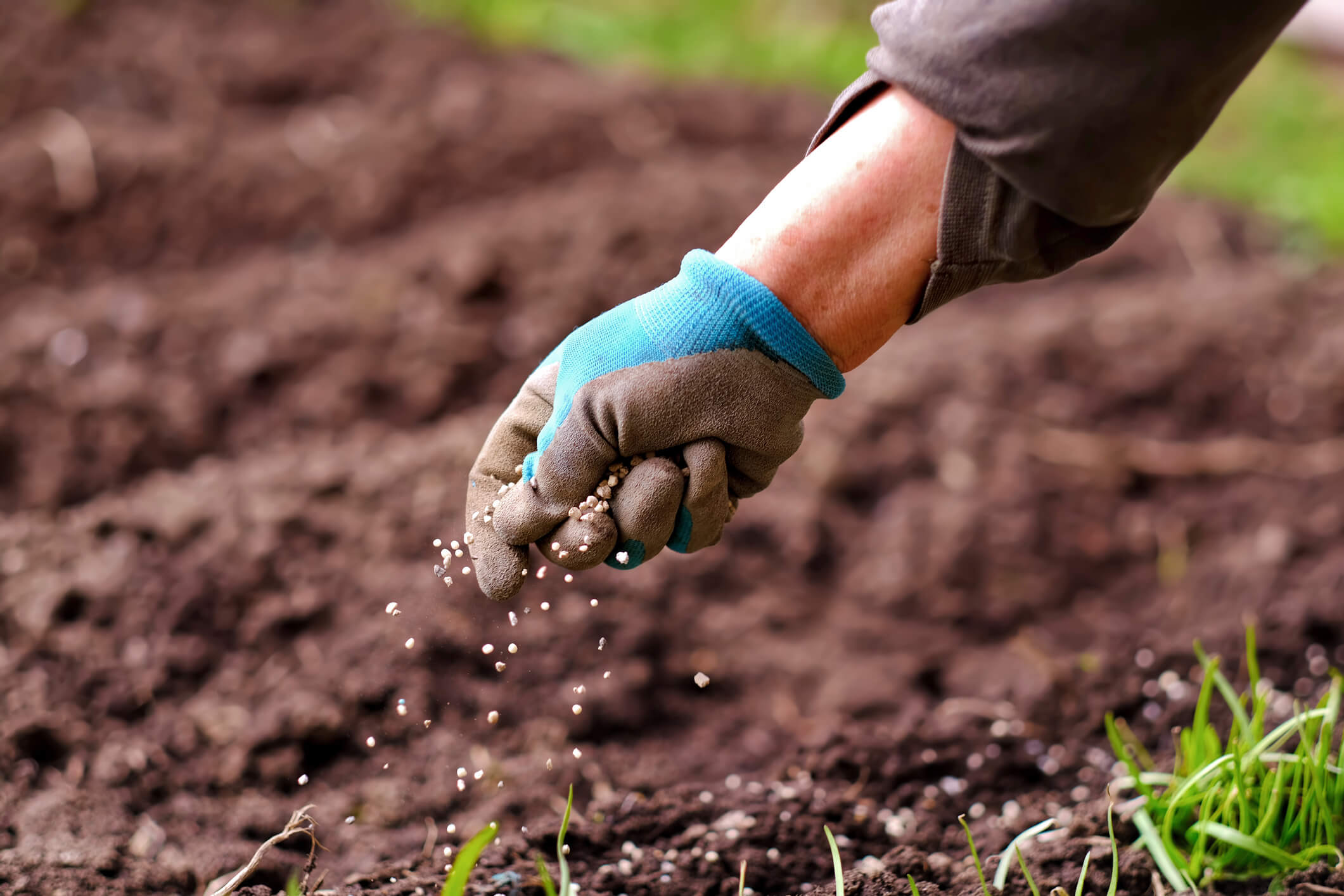


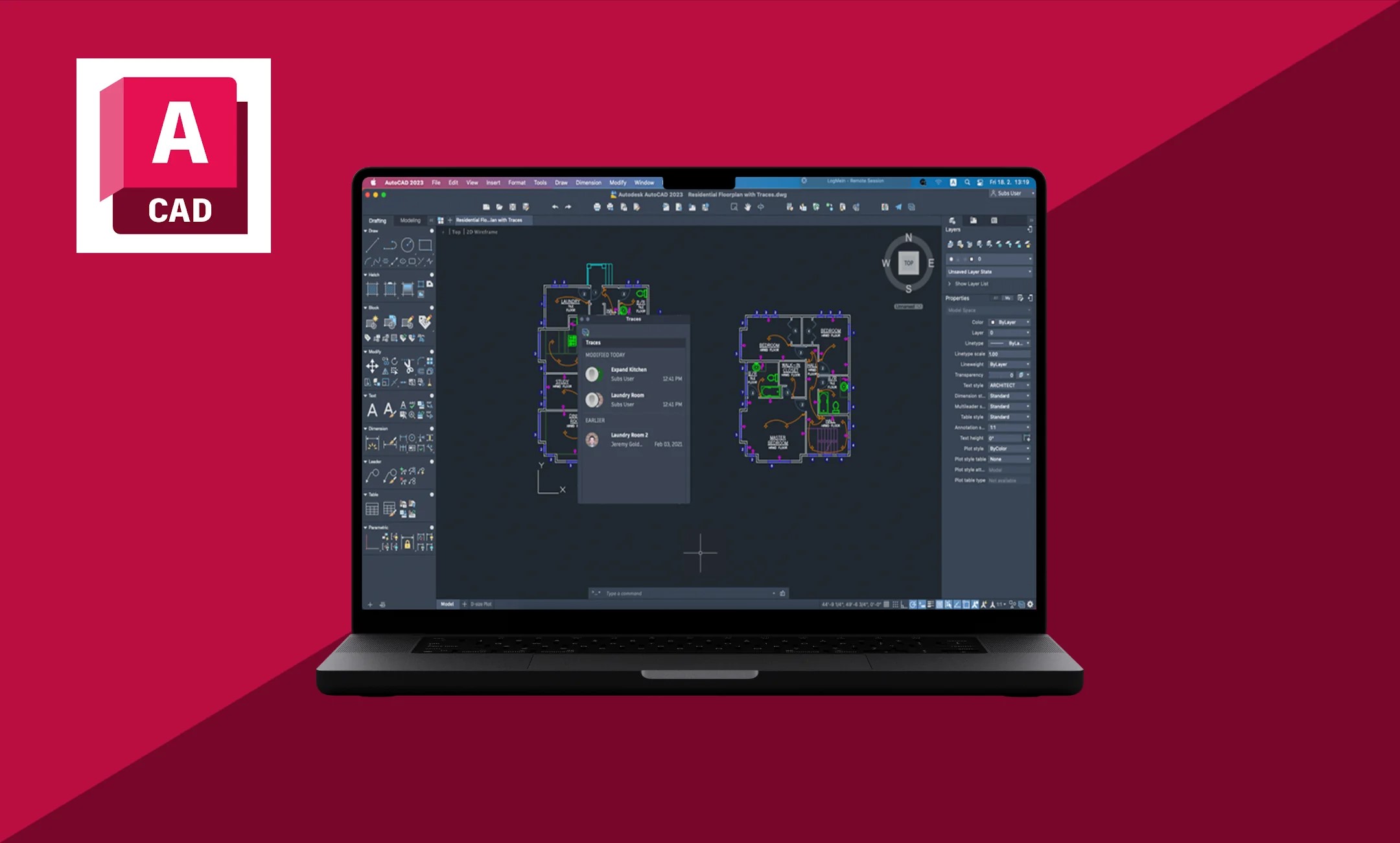
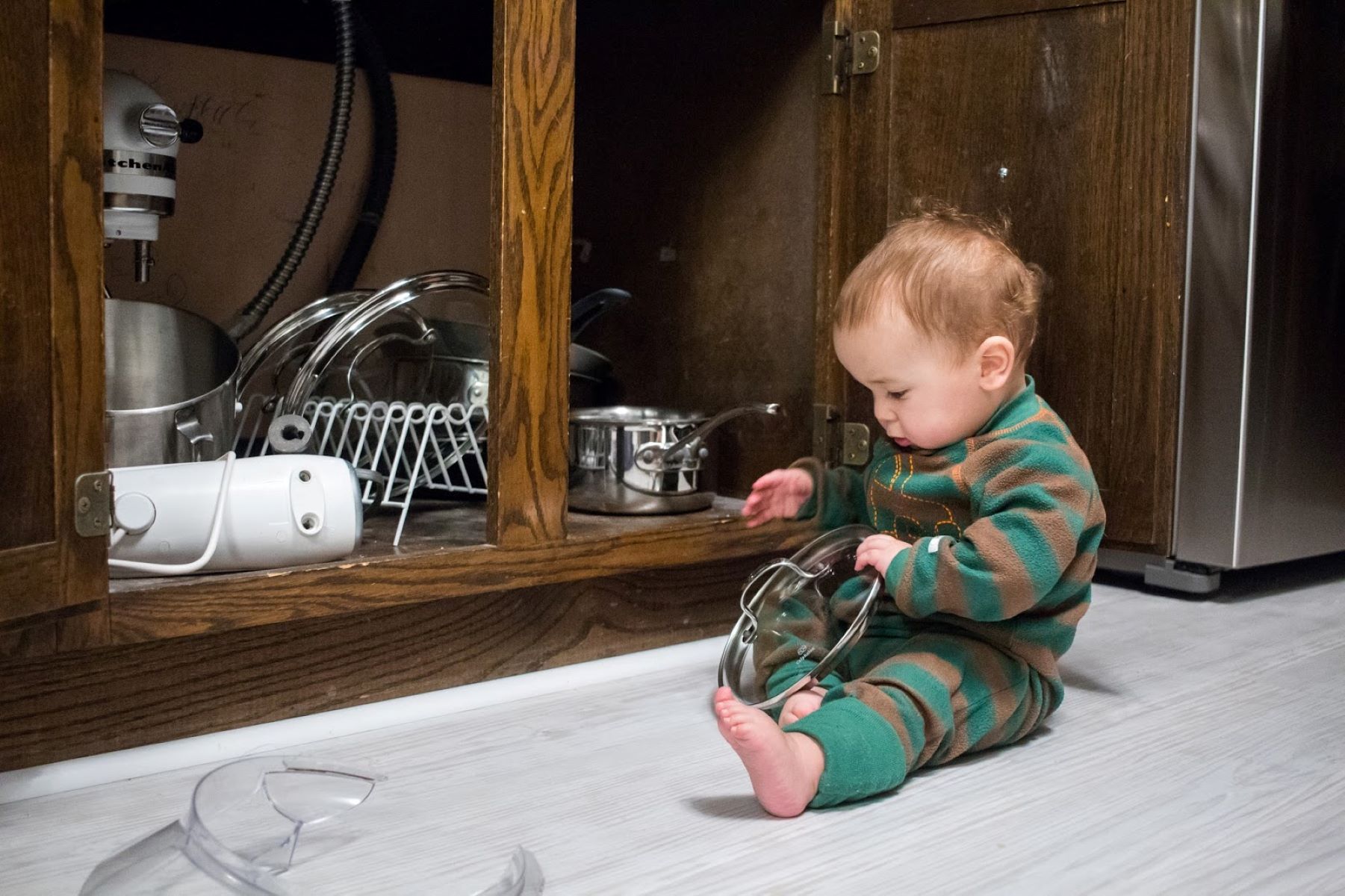



0 thoughts on “What Does Sweat Mean In Plumbing”